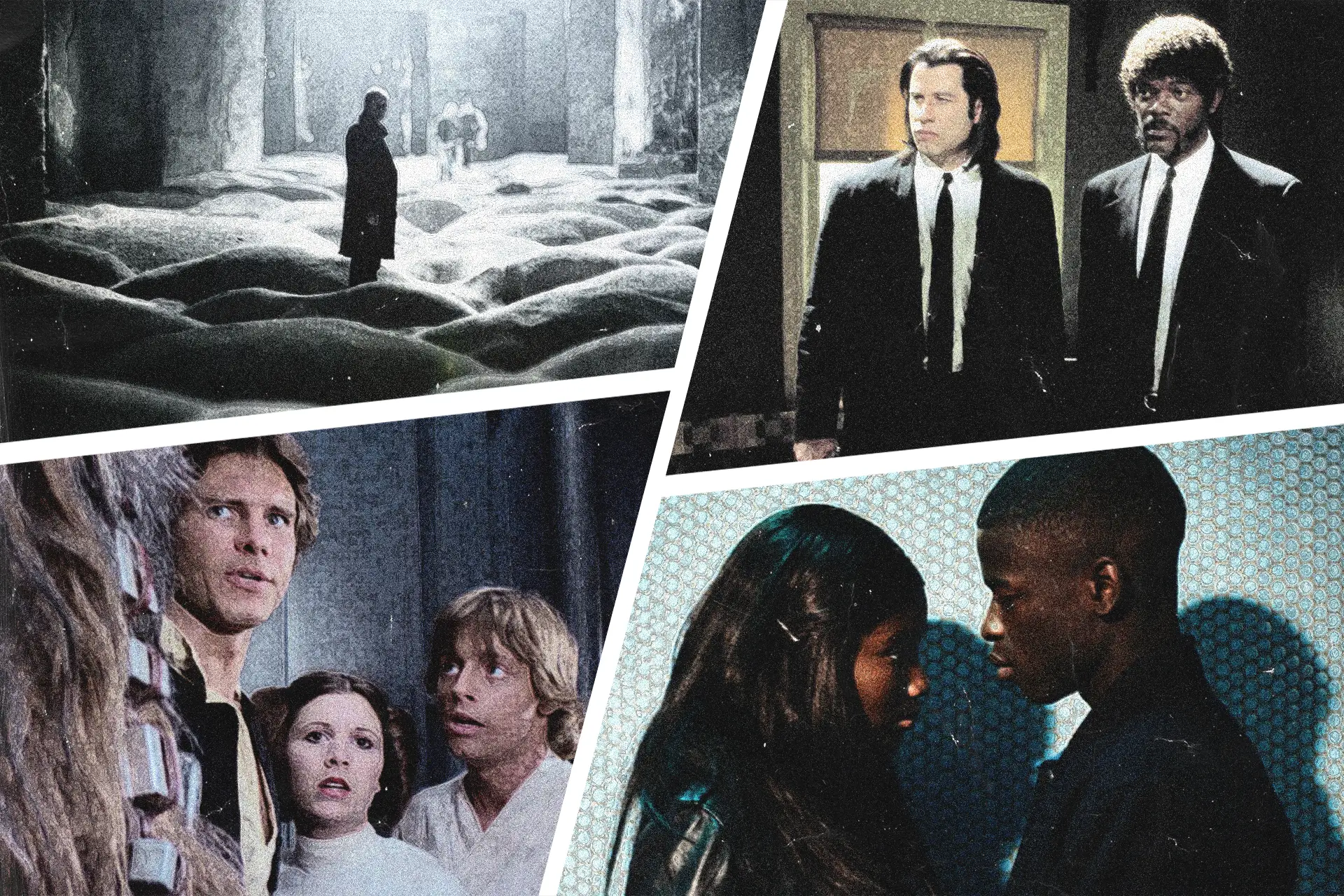Hollywood may have proclaimed itself as the entertainment capital of the world, but Europe prides itself as the birthplace of cinema. While these two worlds oftentimes converge, there are significant differences that separate these multifaceted industries in terms of storytelling, filmmaking techniques, and how business and politics play a role in the success of films.
Cinema is undoubtedly one of humankind’s most revered art forms. While watching films is a mere pastime for most, there are people who consider it a way of life. Ever since films have been recognized on the world stage, their purpose of simply entertaining people has evolved into a legitimate form of validation and cultural pride of a particular place or country.
While there are many debates as to when and where cinema started, its roots have been traced back to 1895 in Paris, France where the Lumière brothers first presented and projected moving pictures to an audience using their own invention called the Cinématographe. With that being said, most of the films in the early days of cinema took place in Europe.
European Cinema
The European industry in its early days mainly consisted of different countries such as France, Germany, and Italy. It has launched film movements such as French Impressionism, German Expressionism, Soviet Montage, and Italian Neorealism that have greatly influenced and changed the way stories are written, filmed, and presented to an audience.
“European cinema is primarily low budget and artistic in nature. The French, German, and Italian films are generally shot under natural light with a vivid depiction of European life.”
European narratives tend to be more slow-paced and grounded on realism as opposed to the commercial spectacle that Hollywood strives for. It is not afraid to talk about controversial or taboo subject matters and has more complex and relevant stories that comment on the human condition. In a nutshell, European cinema has been known to be the breeding ground of art house, experimental, social, political, and historic narratives.
In a nutshell, European cinema has been known to be the breeding ground of art house, experimental, social…
Due to the artistic freedom given to filmmakers that allow them to control and personally express their vision, European films are distinctively known for their meticulously crafted visual aesthetics that stunningly combines minimalism and shots that are perfectly framed and highly imaginative while maintaining the realistic and rich world that the characters inhabit. Unlike American films that highly depend on A-list celebrities or people with a huge following to be attached to their projects, European films usually utilize non-actors, especially in independent films to retain authenticity.
“Other than a place for responding, experimentation, expression and retaliation, European cinema is a place for reminding us of the potential of and variation of cinema which therefore makes it infinitely more important and worthwhile than the films coming out of Hollywood.”



American Cinema
On the other hand, American cinema operates on a completely different system. A particular feature that separates the industry from others is its focus on producing films not solely to entertain or serve as a form of expression, but rather to deliver an output that is commercial and has a high return on investment. In its early days, the industry was heavily controlled by major studios such as Paramount, Warner Bros, RKO Pictures, MGM, and 20th Century Fox. Directors, writers, and actors were governed by studios or producers working for these giants who manage every aspect of the film such as the story, cinematography, commercial appeal, and distribution to name a few, leaving little room for personal creativity.
American films are known for their exceptional ability to amuse, create fictional worlds, and produce narratives that fall under a huge spectrum of genres
“A serious distinction that affects the types of movies made is the fact that American films are usually producer/studio controlled, while European films are director controlled. In the majority of the European films, the directors try to create something new and more artistic, and they take risks and expose themselves. That is rare in the United States.”
American films are known for their exceptional ability to amuse, create fictional worlds, and produce narratives that fall under a huge spectrum of genres. It is also the home of tent pole blockbuster films, elaborate production sets and studios, and glamorous stars we go head over heels for. Its strong suit in particular is following a tight narrative structure or formula that incorporates story elements such as plot, character development, and powerful dialogue that would take the audience on a roller coaster of emotions and ultimately satisfy their viewing expectations. American screenwriters are taught to adhere to a proven structure that is grounded on Aristotle’s Poetics, which is the foundation of dramatic storytelling.



Films That Straddle Both Ponds
There’s been an outdated notion that European films, due to their slow nature and seriousness, end up being snubbed and labeled as art house films in America. Finding distribution and an audience in America was a far-fetched idea for most European filmmakers then. Though in reality, there are quite a few European filmmakers who made waves and defied expectations in the American film market.
Classic and contemporary filmmakers such as Ingmar Bergman, Billy Wilder, Federico Fellini, Alfred Hitchcock, Jean-Luc Goddard, Pedro Almodóvar, Wim Wenders, Werner Herzog, Andrei Tarkovsky among others paved the way for European cinema to be recognized and respected in the competitive world of American cinema.
Films such as The Bicycle Thief (1948), Schindler’s List (1993), Gladiator (2000), and The King’s Speech (2010) were some of the European films that garnered the highest accolades at the annual prestigious Academy Awards show. Not to mention, European films and filmmakers have greatly influenced the style of award-winning directors such as Martin Scorsese, Quentin Tarantino, David Lynch, and Steven Spielberg among others.
In a conversation with some Europeans in my film network, American films such as Sunset Boulevard (1950), Pulp Fiction (1994), The Big Lebowski (1998), Rebel Without a Cause (1955), The Sixth Sense (1999), Magnolia (1999), Titanic (1997), chick flicks, and blockbuster adventure and superhero films were huge influences in their childhood as well as the basis for analyzing story structures in film school.
Today, both American and European industries are blending more into each other due to the massive reformation and evolution happening in society that is directly influencing their viewing interests and preferences. With the rise of important social movements, the stories and people portrayed on screen better reflect the diversity, culture, and issues that audiences crave to see. It is no longer limited to the classic American and European tales of the white and privileged, but rather the universal and real-life struggles of humans from all walks of life and corners of the globe. This is just the beginning of the fight and we are lucky to witness the positive changes and amalgamation of unique techniques from both industries to tell stories that are impacting lives and making the world a better place one film at a time.




